The Definition of a Drug
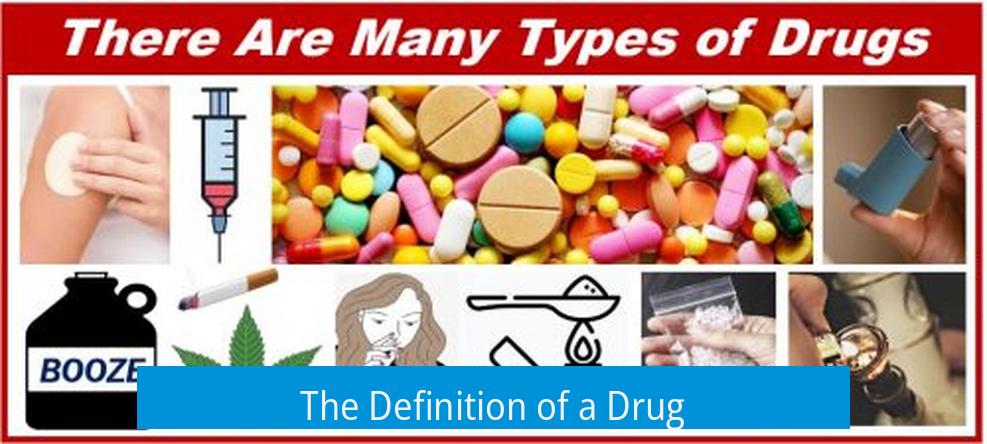
A drug is any substance that, when introduced into a living organism, causes a biochemical or physiological change. This includes a wide range of compounds, from approved medications to illicit substances, and covers both small molecules and biologics.
Biochemical Basis of a Drug
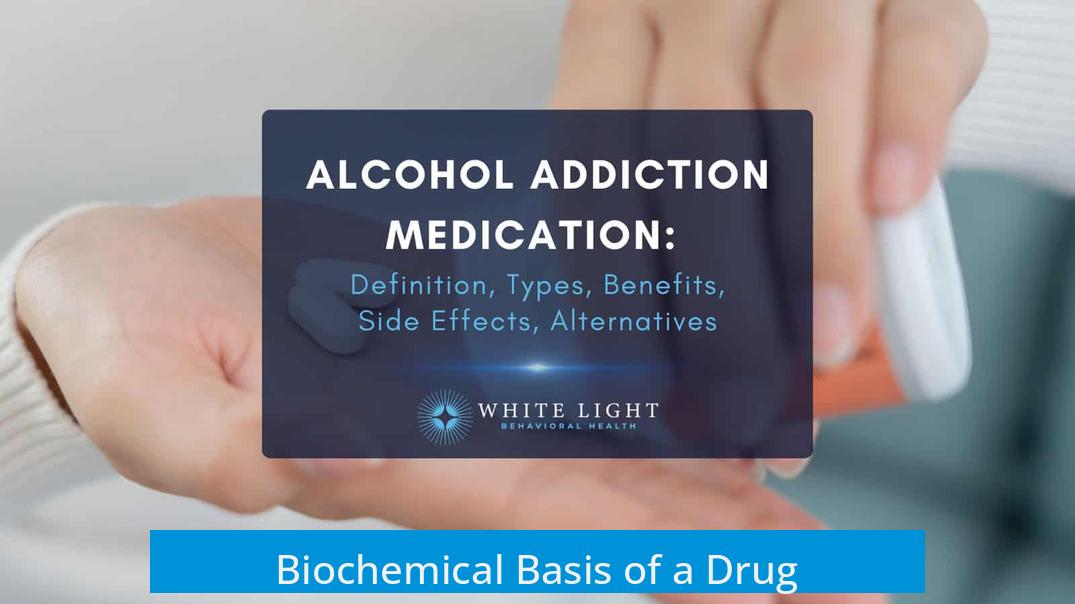
The core of defining a drug lies in its interaction with biological systems. Drugs induce specific biochemical reactions, altering normal cellular or systemic function. This effect can be therapeutic, diagnostic, or harmful, depending on the context. Importantly, the definition focuses on the substance’s action, rather than its legal status or approval history.
For example, biologics are drugs derived from living organisms and include products like monoclonal antibodies. These biologics interact with the body’s immune system to produce their effects. However, not all drugs are biologics; many are chemical compounds synthetic or natural in origin.
Regulatory Definitions and Approval
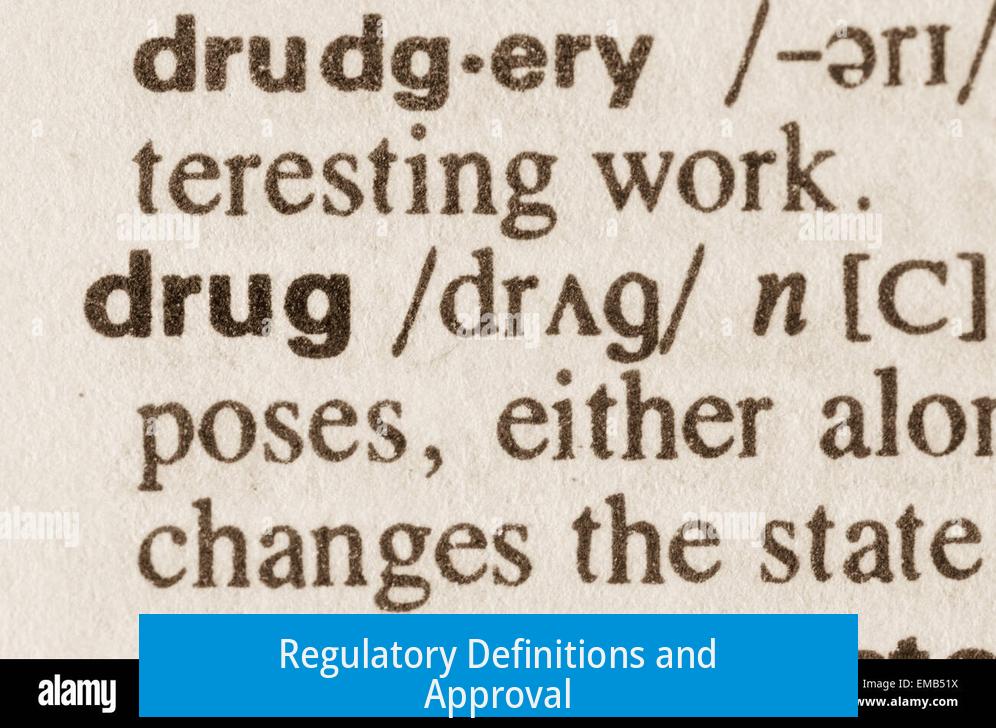
Governmental agencies define drugs to regulate safety and efficacy. The U.S. Food and Drug Administration (FDA) and the European Medicines Agency (EMA) evaluate and approve drugs through lengthy and costly processes. Their focus is to ensure that products marketed as drugs meet safety and effectiveness standards.
Notably, the absence of FDA approval does not exclude a substance from being classified as a drug. Illicit drugs and unapproved substances still meet the biochemical criteria of drugs despite lacking regulatory sanction.
For instance, Lokivetmab is the first monoclonal antibody approved by the EMA for veterinary use in the European Union. This marks an example of how regulatory bodies categorize and approve biologic drugs for animals.
Veterinary Drug Regulatory Framework
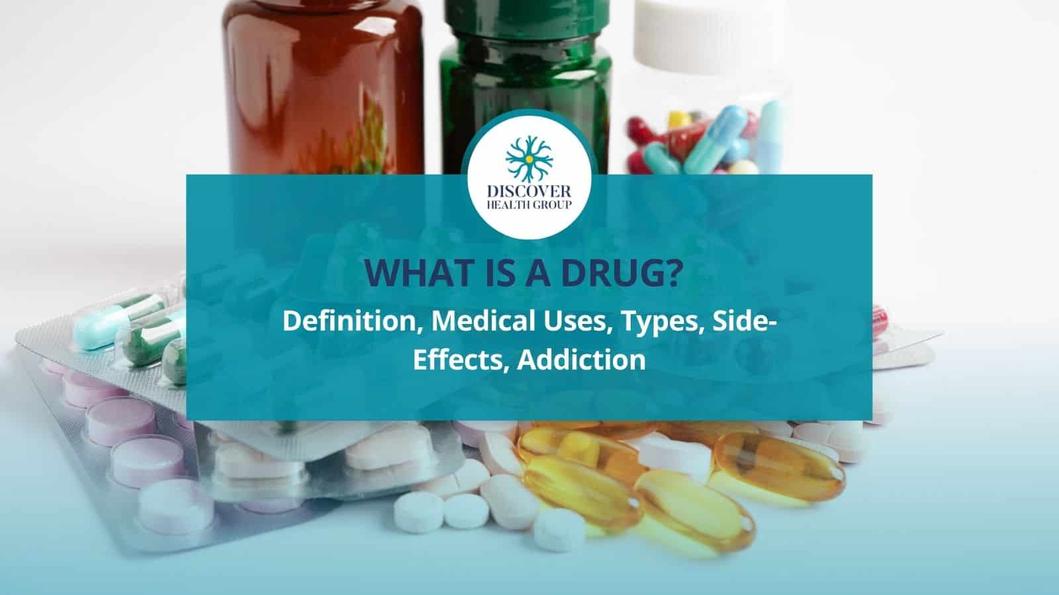
In the United States, veterinary drugs can fall under two main regulators: the FDA and the United States Department of Agriculture (USDA). This division depends on the nature of the product’s action.
- FDA-regulated veterinary drugs generally include conventional drugs affecting various physiological functions.
- USDA-regulated veterinary biologics include products like vaccines, serums, and toxins that primarily modulate the immune response.
This distinction is crucial in classification. Veterinary biologics act by stimulating or enhancing the immune system and are subject to USDA oversight. Conventional drugs follow FDA regulation.
Key Takeaways
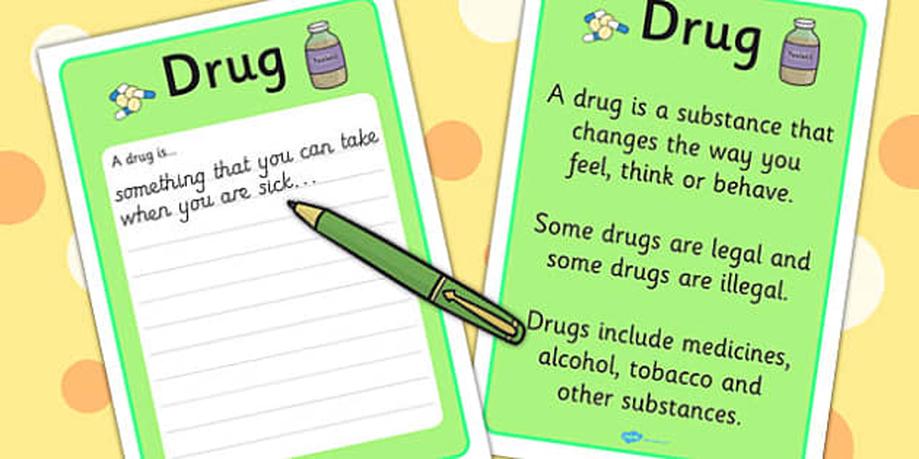
- A drug is any substance causing biochemical or physiological change in a living organism.
- The definition depends on biological effect, not just regulatory approval.
- Biologics are a subclass of drugs that act on the immune system.
- Regulatory agencies like FDA, EMA, and USDA classify and approve drugs based on mode of action and usage.
- Veterinary drugs may be regulated differently depending on their mechanism, particularly immune modulation.
What Is the Definition of a Drug? A Fresh Look Beyond the Jargon
The definition of a drug might seem straightforward at first — a substance that changes how the body works. But peel back the layers, and the story gets spicy. It’s a story that spans from fancy government agencies to complex biochemistry and even sneaky illicit substances. So, what truly defines a drug? Let’s unravel this mystery together, stripping it down to essentials while tossing in a pinch of facts that might surprise you.
Drugs Are Not Just FDA Stickers and Stamps
First up, the FDA—the Food and Drug Administration—is the big dog when it comes to approving drugs in the U.S. But here’s the thing: just because something isn’t FDA-approved doesn’t mean it’s not a drug. Take illicit drugs, for example — they haven’t cleared the FDA gauntlet but are undeniable drugs due to their obvious effects on the body and mind.
The FDA’s approval process is a beast. It’s long, detailed, and yes, expensive. Companies spend millions ensuring their drug candidates tick all the boxes for safety and efficacy before getting the green light. But thousands of substances interact with the body daily without this stamp.
Across the pond, the European Medicines Agency (EMA) plays a similar gatekeeper role. Fun fact: Lokivetmab is the first monoclonal antibody approved by the EMA for animal use in the EU—a clear example of how cutting-edge drugs aren’t just for humans but also for our furry friends.
What’s Happening at the Biochemical Level?
Now, imagine you’re in a lab, watching chemicals dance around. What truly makes a drug a drug? Biochemical action. The real definition lives in how a substance interacts, changes, or influences chemical pathways inside an organism.
Anything that prompts a biochemical reaction that alters bodily functions fits the bill. This includes tablets, injections, biologics, and even some bizarre compounds that might not have official approval but tweak your physiology nonetheless.
Biologics, for one, are a fascinating category. These are drugs derived from living organisms—like proteins, antibodies, or vaccines. Not every drug is a biologic, but biologics squarely fall under the drug umbrella due to their biochemical effects.
Veterinary Drugs: The Wild West of Regulation
If you thought drug regulations are complex for humans, wait till you hear about animals. In the U.S., veterinary drugs can fall under the jurisdiction of different agencies. The FDA handles many animal drugs, but the USDA steps in for others, especially when vaccines or immune-related products are involved.
Why this split? It boils down to the mode of action—particularly whether the treatment directly modifies the immune system. This explains why “veterinary biologics” is a distinct category, encompassing viruses, serums, toxins, or products that work by stimulating or modulating immunity.
Regulators consider these products differently because their action is less about chemically altering a biological pathway and more about jumpstarting or managing the immune response, which is a whole different ball game.
So, What’s the Bottom Line?
A drug is any substance that causes a biochemical change in the body, intentionally used to treat or prevent a condition, regardless of regulatory approval or origin.
This definition nods to nature, science, and reality. It realizes that drugs don’t need a government label to deserve the name nor do they have to look like a pill or syrup. From illicit narcotics to veterinary monoclonal antibodies, what matters is the biochemical reaction they trigger.
Practical Tips: How Does This Affect You?
- Don’t assume regulation defines a drug’s legitimacy. Whether FDA-approved or not, substances that change physiology qualify as drugs. Always be cautious and informed.
- Understanding biochemistry helps. Knowing that drugs act on chemical pathways can demystify why they work and why some have side effects.
- For pet owners: Your animal’s medications may be regulated differently depending on their mode of action. Keep this in mind when sourcing treatments.
Look Ahead: Emerging Trends
New drug classes like monoclonal antibodies, gene therapies, and precision biologics keep redefining what we consider “drugs.” Agencies like FDA and EMA constantly update guidelines to catch up with science. Meanwhile, the biochemical focus remains the true north for defining substances that heal or harm.
Ever wondered why certain natural supplements aren’t “drugs” in the eyes of regulators? It’s often because their biochemical action is subtle, unproven, or inconsistent. That can be frustrating, but also a reminder that the drug definition isn’t just legal jargon — it’s about predictable biochemical effects.
Final Thoughts
Answering “What is a drug?” isn’t just textbook recitation. It’s understanding a living definition shaped by science, law, and culture. Whether it’s a pneumonia antibiotic, a vaccine for dogs, or an illicit street substance, what connects them is their biochemical ability to change how living systems function.
So, the next time someone asks, “Is that a drug?” you can impress with a nuanced answer: It depends on its biochemical action, not just a label or a signature from a regulatory agency.
Isn’t science cool like that?
What criteria define a drug beyond regulatory approval?
A drug is primarily defined by its biochemical effects. This means focusing on the way it acts on the body chemically rather than whether it is approved by agencies like the FDA or EMA.
Are all biologics considered drugs?
Biologics are a subset of drugs, but not all drugs are biologics. Biologics typically involve complex molecules often derived from living organisms.
How do FDA and USDA differ in regulating veterinary drugs?
In the US, the FDA regulates certain veterinary treatments, while the USDA oversees others. The division usually depends on whether the product acts on the immune system or through other mechanisms.
What are veterinary biologics?
Veterinary biologics include viruses, serums, toxins, or similar products that treat animals by stimulating or modulating their immune response.
Can substances not approved by the FDA still be classified as drugs?
Yes. Many illicit drugs are not FDA approved but are still considered drugs due to their biochemical activity.


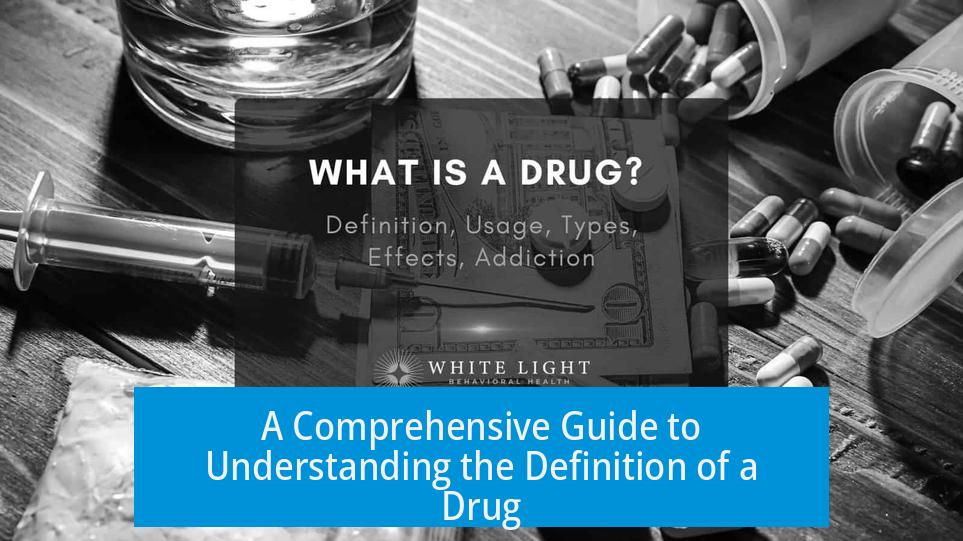


Leave a Comment